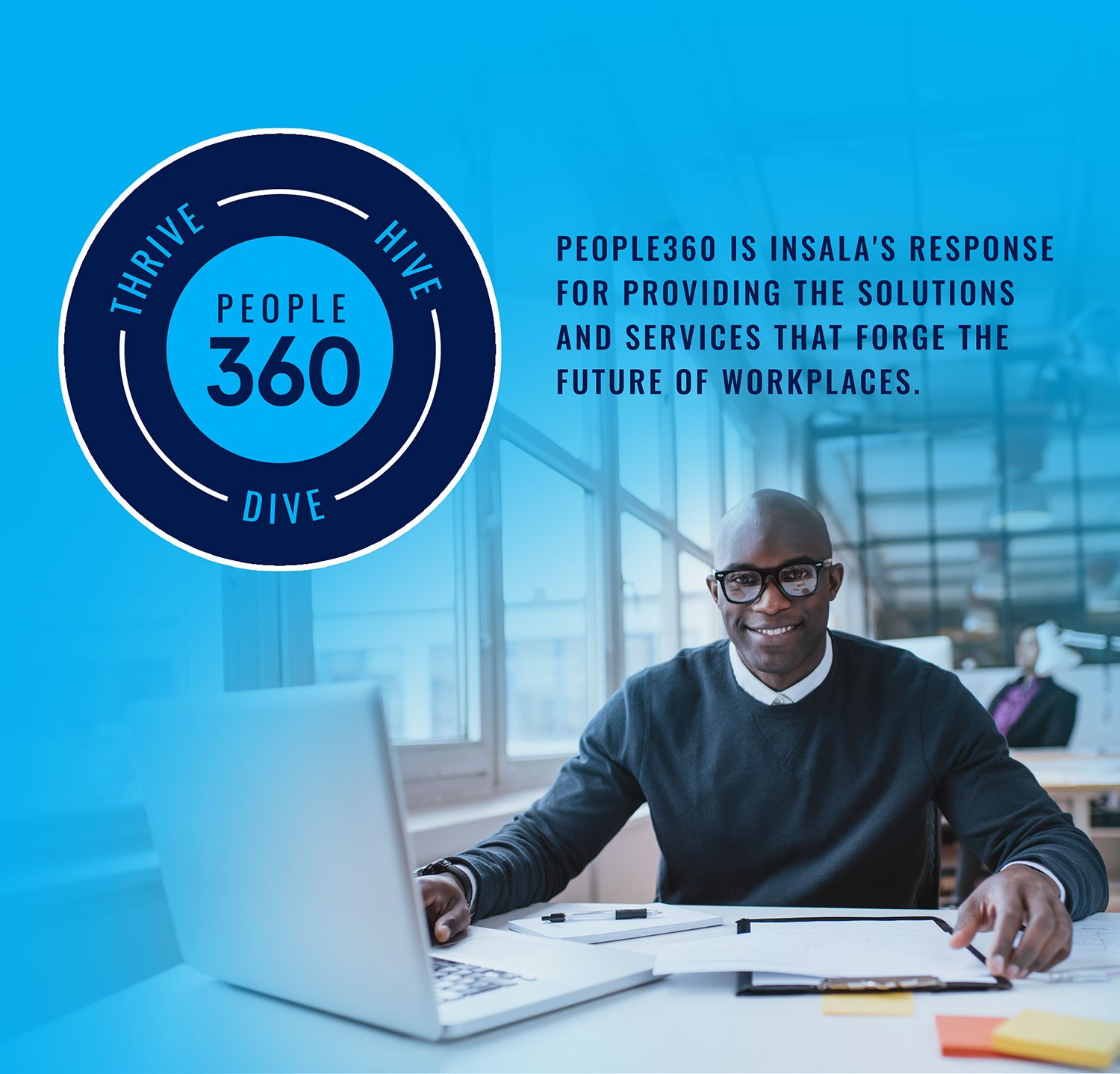Reverse Mentoring Explained: Rise and What Makes It So Popular
Reverse Mentoring Explained: Rise and What Makes It So Popular Where diversity of thought is embraced, a new mentoring paradigm has emerged: reverse mentoring. Once ...
Read more
Mentoring in the workplace is widely popular today. In fact, 71% of Fortune 500 companies have mentoring programs for their employees. Not only is it widely implemented, but the benefits of mentoring make it a solid and worthwhile investment.
But just like becoming a Fortune 500 company, mentoring programs are not without barriers. Luckily, there are simple ways to overcome those barriers. It just requires a little work and some planning ahead.
A mentoring program is not something that you can just throw together in a short amount of time and expect to produce results. This common misconception often prevents a program from getting off the ground before it even has a chance to begin. Without planning, you will not allocate the proper resources for a successful program.
A lack of resources likely stems from three things: needing to create a mentoring program, not knowing how to do it, and being given an impossibly short timeline. Creating a program without knowing how to do it in a short amount of time will create conflict and likely result in an unsuccessful program.
Solution: To overcome this barrier to mentoring, make sure you have a solid plan in place to ensure success. You can use mentoring software to help develop and implement your plan. Your plan should contain both a process that outlines how you intend to proceed, and a methodology that confirms not only what you are doing but also why you are doing it. It should also contain the resources you need to obtain to support your program. Remember, failing to plan is planning to fail.
Another misconception about mentoring is that it is a waste of time and money. Leadership wants to be sure nothing takes away from the bottom line, and mentoring is not always valued within this equation. Often, this is due to presenting a mentoring program as “nice to have” and not a necessity.
Solution: To obtain executive buy-in, pitch your mentoring program as an organizational strategy with built-in KPIs and measurements to prove your success. Mentoring software can build and run reports to do this.
How to overcome this barrier:
Don’t assume that your mentors and mentees automatically know what their role entails within your program. The combination of no training or guidance and your participant’s misunderstanding of their roles can result in an unsuccessful program with floundering mentors and mentees.
However, you are not alone in this problem. In a poll taken during our webinar, 41% of attendees said a lack of participant understanding of what is entailed in a mentoring program was the biggest barrier to mentoring in the workplace. Getting your participants to understand what your program and their roles can be a huge barrier.
Solution: To avoid this barrier entirely, communicate your expectations continuously throughout the mentoring program. Consider mentor training to lead your communication efforts. This will make sure everyone is on the same page when you position mentoring within your organization. Remember, it is easier to start in the right place than it is to go back and correct your program once patterns have been set.
The job is not finished after you implement the program. Other barriers may arise that can throw your mentor training off-track, such as a new member with different ideas or problems within a mentor-mentee partnership.
To prevent this, be sure to spot check throughout the program to ensure that everyone is still on the same page. The first spot check should be done at about 6-8 weeks into the program.
Some previous barriers we’ve mentioned talk about misconceptions, so here are some other misconceptions that can create barriers:
Common misconceptions:
Misconceptions like these can dissuade potential participants and bring your mentoring program to a screeching halt.
Solution: Overcome misconceptions by setting expectations at the beginning. Provide a strategic planning workshop and role profiles in order to set participants straight on misunderstandings they may have about your program.
Make sure you also further answer what the places and roles of mentors and mentees are in your mentoring program with clear job descriptions and skill assessments. Provide role descriptions and training to managers can help as well.
Many times, external pressures such as the economy, budget cuts, and organizational politics negatively affect the process of starting your mentoring program. However, you need mentoring the most when these types of situations exist. External pressures call for development from your organization, which is normally sustained through mentoring.
Solution: There are three things you can do to overcome this barrier: track, report, and measure. You need to ensure that leadership and management take the program seriously, prove your success and ROI, point to specific problem areas you can improve, and keep your program from getting cut. This can all be done efficiently with mentoring software.
Whether you are beginning a new mentoring program or revamping an old one, don’t let your first barrier be fear. Instead, determine what barriers you are sure to face and put a plan in process to overcome them. Choose program administrators that can handle barriers and train them properly.
To learn more about how mentor training can help you overcome the barriers to mentoring in your organization, request a demo.


Reverse Mentoring Explained: Rise and What Makes It So Popular Where diversity of thought is embraced, a new mentoring paradigm has emerged: reverse mentoring. Once ...
Read more
What is Corporate Mentoring? Every organizations has a need to continuously develop the skills and careers of their workforce. Corporate ...
Read more
The Benefits of Mentoring Software If you are considering using software to manage your mentoring program, you need to be clear on ...
Read more
Quick Tip: Keep Marketing To Your Staff During Your Employee Mentoring Program Most organizations believe that ...
Read more
Start A Professional Services Mentoring Program - Your 8-Step Plan
Read more

People360 is a pioneer and industry leader recognized by Global 1000 and Fortune 500 companies and associations internationally, for 27+ years as a leader in Career Management, Mentoring, Coaching, Career Transition, Alumni Software solutions and People Analytics.
© 2024 People360. All rights reserved. Privacy Policy